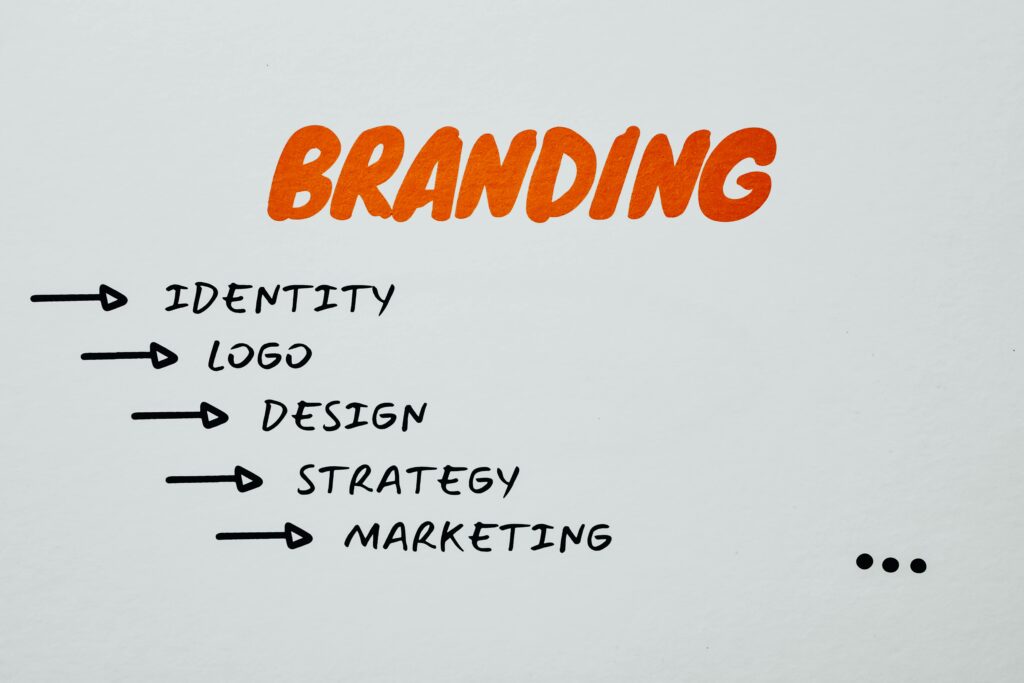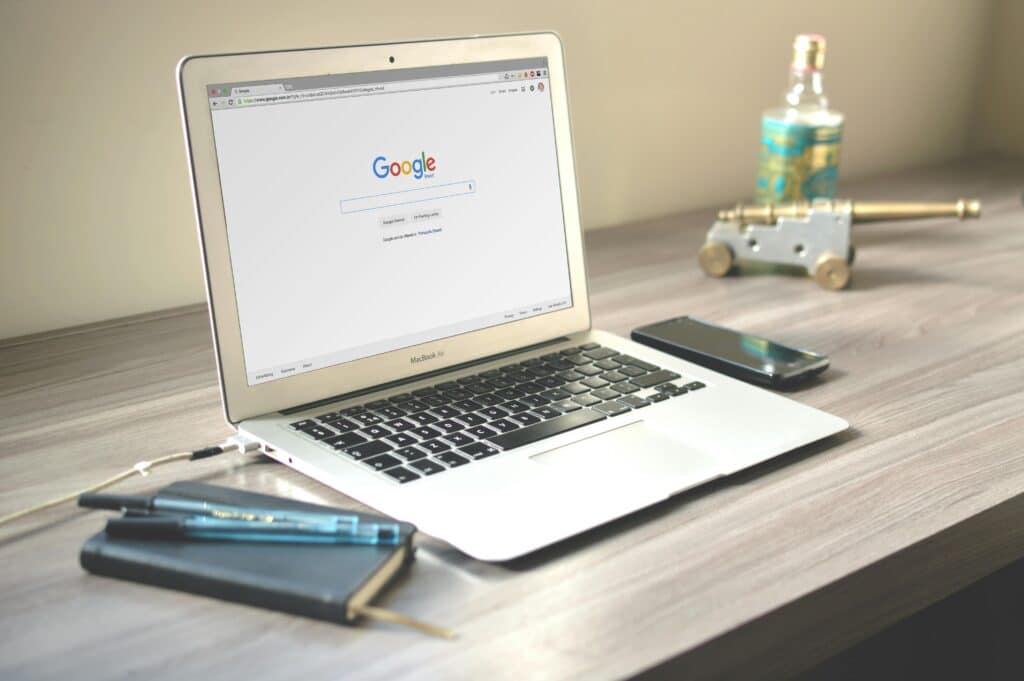The Vital Link Between Website Accessibility and Marketing Success for Cleaning Services
In an era dominated by digital interactions, the online presence of businesses, including cleaning services, plays a pivotal role in reaching and serving a diverse audience.
However, the significance of this online presence goes beyond just aesthetics and functionality. It extends to the core principle of accessibility – ensuring that websites are usable by all individuals, regardless of their physical or cognitive abilities. In this blog, we will explore the crucial role of website accessibility in the context of cleaning services, examining the key aspects that contribute to a more inclusive online environment.
The Marketing Landscape and Website Accessibility:
As businesses increasingly pivot towards digital platforms, the online presence of a cleaning service becomes not only a virtual storefront but a powerful marketing tool. In this competitive landscape, where businesses vie for the attention and loyalty of customers, the accessibility of a website emerges as a crucial factor in determining marketing success.
Inclusive Marketing Strategies
A website that prioritizes accessibility is inherently inclusive, allowing a cleaning service to cast a wider net and appeal to a broader demographic. By ensuring that individuals with disabilities can navigate and engage with the website seamlessly, marketing efforts become more effective in reaching diverse audiences. This inclusivity fosters a positive brand image, conveying the message that the cleaning service is committed to serving everyone, regardless of their abilities.
Enhanced User Experience Equals Increased Conversions
In the realm of digital marketing, user experience is paramount. A website that is accessible to all users, regardless of their physical or cognitive limitations, contributes to an enhanced user experience. For a cleaning service, this means that potential customers can easily find information about services, contact details, and pricing. An intuitive and accessible website streamlines the user journey, reducing barriers to entry and increasing the likelihood of converting website visitors into actual customers.
Reputation and Customer Loyalty
Website accessibility is not just about attracting new customers; it’s also about retaining them. In the digital age, where consumers are increasingly conscious of inclusivity and social responsibility, a cleaning service that prioritizes accessibility signals a commitment to customer welfare. This commitment can enhance the brand’s reputation and foster customer loyalty, as users are more likely to return to a website that is user-friendly for all.
Legal Compliance and Branding
In addition to the practical marketing implications, there are legal and ethical dimensions to consider when discussing website accessibility for cleaning services. Legal Requirements and Risk Mitigation Legal requirements, such as the Americans with Disabilities Act (ADA) and the Web Content Accessibility Guidelines (WCAG), mandate that websites be accessible to individuals with disabilities.
Failure to comply with these regulations can result in legal consequences. By proactively ensuring website accessibility, a cleaning service mitigates the risk of legal issues and demonstrates a commitment to ethical business practices.
Ethical Branding and Social Responsibility
In the age of social media and heightened awareness of social issues, consumers increasingly align themselves with brands that exhibit social responsibility.
A cleaning service that prioritizes website accessibility not only meets legal obligations but also aligns with ethical branding, showcasing a commitment to inclusivity and accessibility for all.

Perceivability: Crafting Clear Visual Descriptions
Good and Bad Examples Explained
Perceivability:
Good Practice: Alt Text for Images
- Good: Including descriptive alt text for images, such as “A smiling team working together,” allowing users with visual impairments to understand the content.
Bad Practice: Missing Alt Text
- Bad: Failing to provide alt text for images, leaving screen reader users without crucial information and diminishing the overall user experience.
Operability:
Good Practice: Keyboard Accessibility
- Good: Designing navigation and interactive elements that can be easily accessed and operated using only a keyboard, ensuring users with motor disabilities can navigate the site efficiently.
Bad Practice: Mouse-Dependent Interactions
- Bad: Implementing features that solely rely on mouse interactions, excluding users who cannot use a mouse due to motor impairments.
Understandability:
Good Practice: Clear Error Messages
- Good: Providing clear and concise error messages with suggestions for correction, aiding users who may encounter difficulties and need assistance.
Bad Practice: Unclear Form Instructions
- Bad: Having complex forms without clear instructions, causing confusion for users and potentially leading to input errors.
Robustness:
Good Practice: Valid and Semantic HTML
- Good: Using valid and well-structured HTML code that adheres to web standards, ensuring compatibility across various browsers and assistive technologies.
Bad Practice: Non-Standard Code
- Bad: Using non-standard or deprecated code that may not be reliably interpreted by different user agents, leading to inconsistent experiences for users.
Incorporating these good practices and avoiding the bad practices helps in creating a website that is accessible to a diverse audience, providing a positive user experience for everyone, regardless of their abilities or disabilities.
Conclusion:
Navigating Success through Accessibility
In conclusion, the importance of website accessibility for cleaning services extends far beyond the realms of aesthetics and functionality. It is an integral component of a successful marketing strategy, influencing user experience, customer loyalty, and online visibility.
By embracing accessibility, a cleaning service not only adheres to legal requirements but also taps into a broader market, enhances its reputation, and aligns with ethical business practices. In a digital landscape where the online presence is a key player in marketing endeavors, ensuring that the path is clear for all users becomes not just a choice but a strategic imperative for sustained success.


